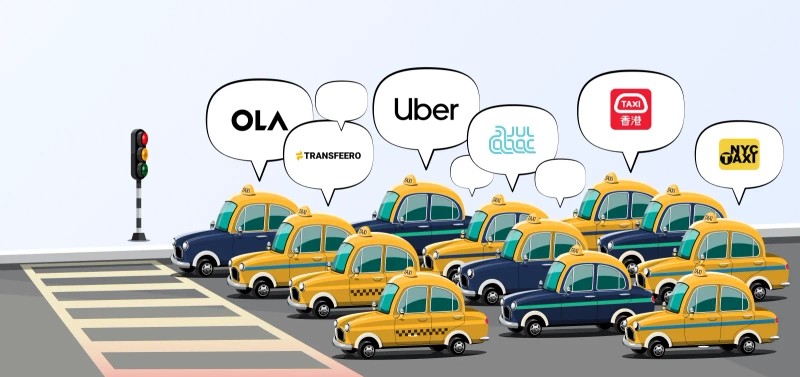As ride-hailing apps like Uber, Grab, and Ola disrupt city streets from Mumbai to London, governments worldwide are rewriting the rules to balance innovation, consumer choice, and the survival of traditional taxi industries. The result is a global patchwork of regulations, compensation schemes, and tech-driven reforms—each reflecting local priorities and pressures.
Asia’s Bold Moves:
India’s New Guardrails: Maharashtra’s Aggregator Cabs Policy 2025 is a landmark, introducing capped surge pricing, strict cancellation penalties (with compensation for riders and drivers), and a mandate for platforms to ensure safety, especially for women. Drivers must get at least 80% of fares, and digital audits will enforce compliance. The policy also encourages carpooling, EV adoption, and more inclusive grievance redressal, winning cautious praise from worker unions and consumer advocates.
Thailand’s Airport Showdown: At Bangkok’s Suvarnabhumi Airport, traditional taxis and ride-hailing apps coexist under a unified framework, but tensions simmer over operating costs and competition. The government insists on a level playing field, reflecting a broader trend of regulatory intervention across Asia.
Japan’s Hybrid Model: Japan has largely restricted ride-hailing to licensed taxis, using apps only as booking tools, while supporting taxi firms to develop their own digital platforms. In select areas, limited ride-sharing is allowed, with fares matching those of traditional taxis to avoid undercutting the sector.
Global Lessons:
-
Singapore: The Competition and Consumer Commission blocks anti-competitive mergers, ensuring no single player dominates.
-
Malaysia: Ride-hailing is fully legal, but drivers must have public service licenses and meet strict safety standards.
-
Europe: France banned unlicensed Uber services and now requires all drivers to meet taxi standards. The UK’s Supreme Court classified Uber drivers as “workers,” granting them minimum wage and benefits—a move that’s rippling across the gig economy.
-
Australia: Legalized Uber but compensated taxi plate owners and imposed robust safety and insurance requirements.
Market Shifts & Future Trends:
The ride-hailing sector is projected to grow at over 15% CAGR globally through 2035, with electric and autonomous vehicles, AI-powered ride-pooling, and tighter worker protections shaping the next decade. Regulatory frameworks are evolving to address data privacy, emissions, and fair competition, while cities experiment with integrating ride-hailing into broader mobility ecosystems.
The Bottom Line:
The taxi-app divide is narrowing as nations craft hybrid models—melding innovation with equity, and digital convenience with old-school accountability. The “reckoning” is less a battle than a complex negotiation, as cities worldwide strive to deliver safer, greener, and fairer rides for all.
Sources: Nation Thailand, MediaNama, Future Market Insights, Trak.in, AngelOne




